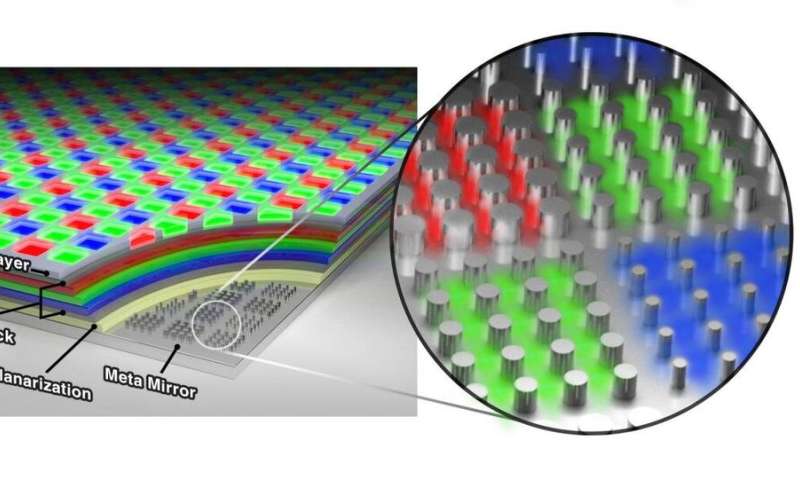Best of Last Week: Closing in on dark matter, ultra-high-res OLED display and distancing/masks may not stop COVID-19

It was another good week for physics research as a team with members from the National Institute of Standards and Technology, the University of Colorado, Stanford University and the University of Nevada used precision metrology to close in on the nature of dark matter. Also, an international team of researchers used data from NASA's Chandra X-ray Observatory to observe gravitational redshift in two stars that are very close in orbit. And a team at the University of Melbourne proposed a new theory to explain the origin of dark matter—one based on expanding bubbliness in the early universe.
In technology news, a pair of statisticians at the University of Waterloo proposed a math idea that may dramatically reduce the dataset size needed to train AI systems. Also, the passwords research group in Carnegie Mellon's CyLab Security and Privacy Institute proposed a usable and secure password policy that could be backed by science. And a team of researchers from Germany, Ukraine, Austria, Belgium and the Netherlands demonstrated an integrated circuit they made using magnons. Also, a team with members from Samsung Electronics, Stanford University and Hanyang University borrowed solar panel technology to create a new ultra-high-resolution OLED display—showcasing the possibility of displaying resolutions up to 10,000 pixels per inch.
In other news, NASA announced that its robotic spacecraft OSIRIS-REx briefly touched down on the asteroid Bennu's boulder-strewn surface—just long enough to collect dust and rock samples. And a team at Penn State College of Medicine found that certain oral antiseptics and mouthwashes may have the ability to inactivate human coronaviruses.
And finally, if you are hoping to fend off a SARS-CoV-2-19 infection by keeping your distance from others and wearing a mask, you may want to check out the results of a study done by a team with members from TU Wien, the University of Florida, the Sorbonne in Paris, Clarkson University and MIT: they found that the models used to create guidelines for the current pandemic are outdated and that social distancing and mask wearing are not enough to prevent infections.
© 2020 Science X Network